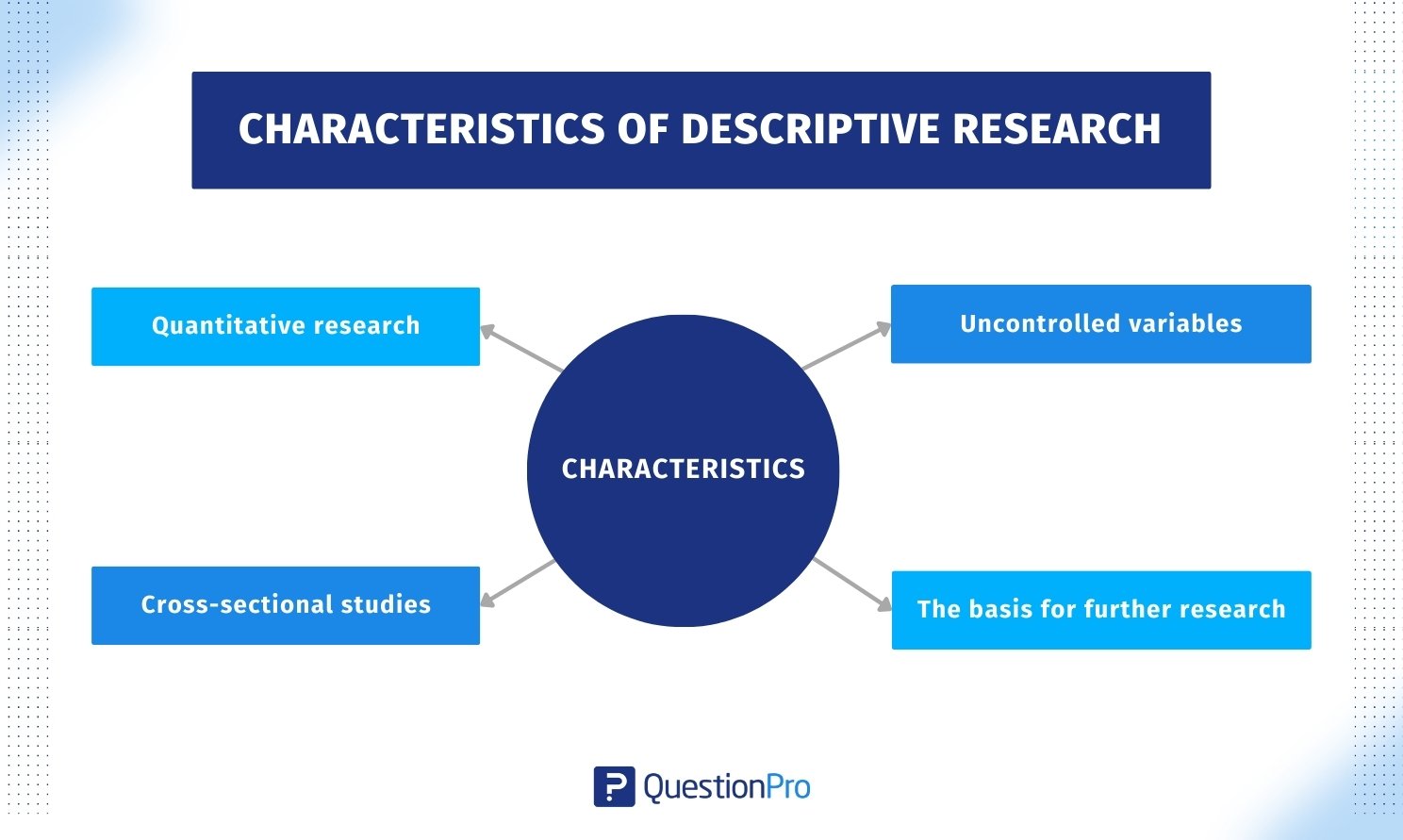In today’s data-driven world, organizations and researchers rely heavily on various types of research to make well-informed decisions. Among the foundational methodologies used is descriptive research — a strategy that provides valuable insights by capturing the who, what, when, and where of a subject. If you’re looking to understand the basics, Kantar offers a helpful breakdown of What is descriptive research works and why it’s so widely used across industries.
Defining Descriptive Research and Its Purpose
Descriptive research is a quantitative method designed to systematically depict characteristics of a population or phenomenon. Rather than investigating relationships between variables, it focuses on presenting facts as they are. It’s particularly useful for identifying patterns, summarizing conditions, or offering a snapshot of current behaviors and trends.
This kind of research doesn’t seek to establish cause-and-effect. Instead, it builds a solid groundwork of factual understanding that can guide further research or business decisions.
Key Characteristics of Descriptive Research
Objective and Structured
Descriptive research is typically methodical and pre-planned. Researchers use standardized tools like surveys, questionnaires, and observation checklists to ensure data consistency across a sample.
Real-World Relevance
It’s all about capturing real-time conditions without manipulation. Whether you’re analyzing customer satisfaction, workforce demographics, or social behavior, descriptive studies offer a lens into what’s currently happening.
Quantifiable Results
This method produces statistical data that can be organized into charts, graphs, or tables, making the findings easy to interpret and apply in practical settings.
Common Techniques Used in Descriptive Research
Surveys and Polls
These tools help gather large amounts of data from targeted groups. Questions often involve predefined options, enabling researchers to compare and quantify responses easily.
Direct Observation
In some cases, researchers observe behaviors or events in a natural setting. This approach is ideal for situations where direct questioning may alter outcomes or behavior.
Cross-Sectional Studies
These studies analyze data from a population at one specific point in time. They’re useful for identifying patterns or demographic trends within a limited timeframe.
Practical Applications Across Industries
Business and Marketing
Companies use descriptive research to track customer preferences, monitor product performance, and assess brand awareness. It serves as a crucial step before launching new strategies or campaigns.
Education
Institutions may conduct surveys to understand student satisfaction, faculty engagement, or the effectiveness of teaching methods.
Healthcare
Hospitals and clinics can employ this method to analyze patient demographics, satisfaction levels, or treatment trends.
Advantages and Limitations
Descriptive research is cost-effective, easy to implement, and delivers quick results. It provides reliable data for benchmarking and decision-making. However, its main limitation is that it doesn’t explain “why” things happen — that task belongs to causal or experimental research.
Conclusion
Descriptive research remains one of the most essential tools for gathering actionable insights in both academic and professional settings. Whether you’re identifying market trends or tracking user behaviors, a solid understanding of this research type ensures your decisions are built on a factual foundation. It’s a versatile and efficient method for turning observations into data-driven strategy.


